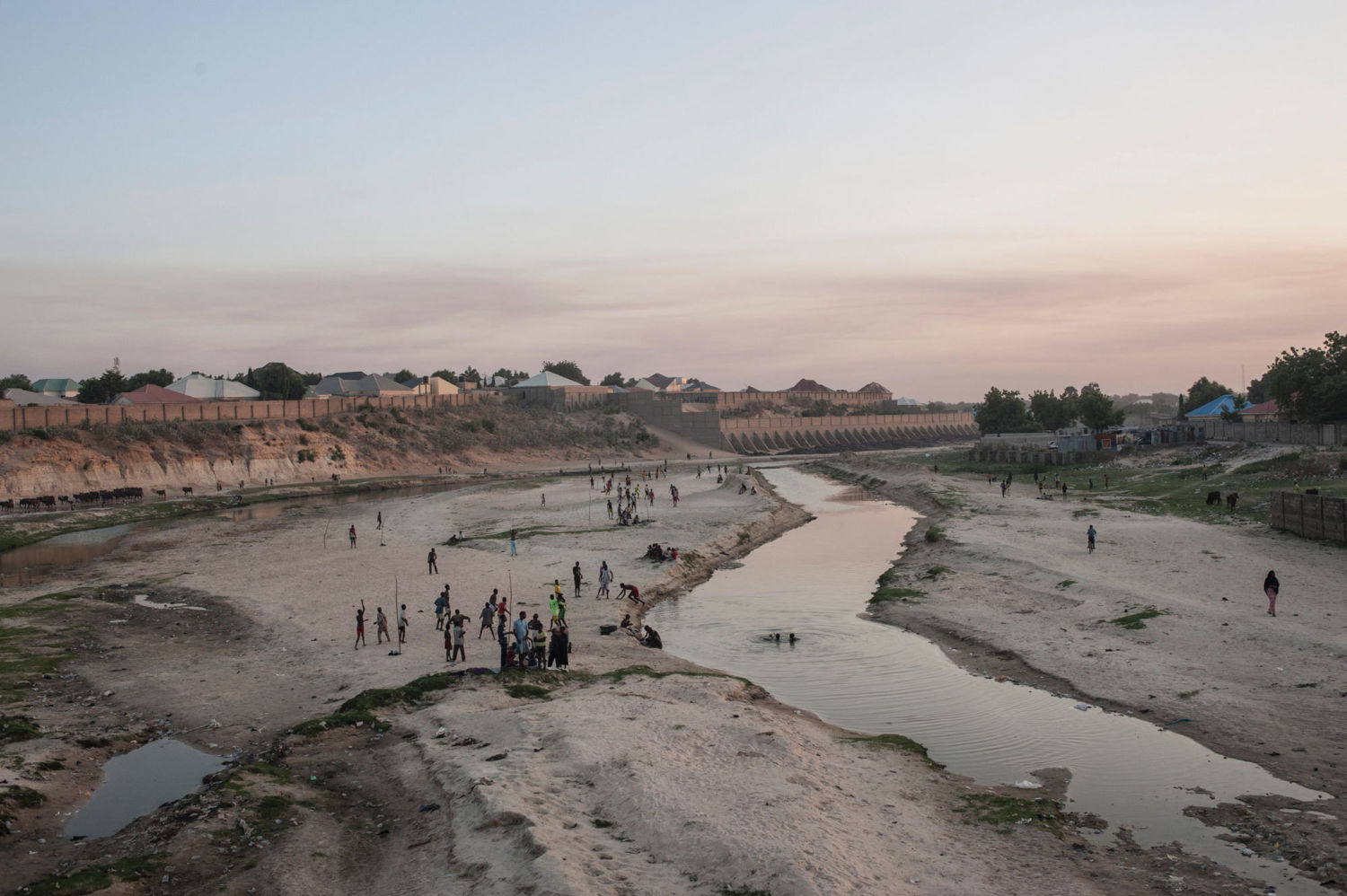Large scale water projects: More harm than good?
Welcome back to my blog where I discuss water
and politics in Africa. In this blog I will discuss some of the earlier methods
used for providing water in African nations in the post-colonial period. As
mentioned in my second
blog, the government assumed a much more involved role in the provisioning
of water, manifesting in large scale water projects implemented from the top
down. At the time, this was seen as the model approach for getting water to
people and promoting economic growth, mainly by increasing agricultural
production through irrigation.
Towards the end of the 20th century however,
a considerable amount of studies on this approach had led to shift in paradigms
for the way we manage water resources. The primary reason for the shift was due
to the significant social and environmental degradation the dams caused by
altering river flows and changing flood patterns. Adams
(1985) discusses in the article, The
downstream impacts of dam construction: A case study from Nigeria, the social
and environmental destruction caused by the construction.

Aerial view of Bakolori Dam.
During the mid-1970s, construction began on the
Bakolori Dam. It was located in the northwest of Nigeria along the River Sokoto
for the purpose of supplying an irrigation scheme of 30 000ha. The project was granted
permission based on the economic opportunities it provided, however, the impacts
to the downstream community, comprising of 50 000 people using the flood plain
for fishing and agriculture were not considered in the decision making in the process
(Adams, 1985).
The construction in the dam resulted in the reduction
in river discharge greatly reducing the extent of flooding during the wet season.
One of the most extreme examples of flood reduction for a particular village identified
only 3% of plots flooding compared to 93% before the construction of the dam. This
inevitably had significant impacts on flood-plain based agriculture, particularly
for some varieties of rise that are more flood-tolerant. Similarly, one of the
most significant reductions in households producing rice occurred in Rane
Village whereby 95% of the households stopped producing rice. Fishing activity
was also an important source of economic opportunity, however the number of households
containing fishermen declining from 17% to 8% (Adams, 1985).
In this regard, the economic value of the dam did
not reach the expectations that provided justification for its approval in the
first place. This is because the loss of downstream economic activities such as
fishing and agriculture was not considered as part of the decision making
process highlighting the political importance of considering environmental and
socio-economic effects. Furthermore, an article
written by Fred Pearce for the online magazine Yale Environment 360, argues
that the major water projects helped trigger Africa’s migrant crisis. This is
due to large amounts of wetlands are being drying up in the Sahel region
resulting in environmental refugees.

People in the northern Nigerian city of
Maiduguri gather along the seasonal Ngadda River, which feeds into Lake Chad.
Source: Stefan
Heunis/AFP/Getty images.
Comments
Post a Comment